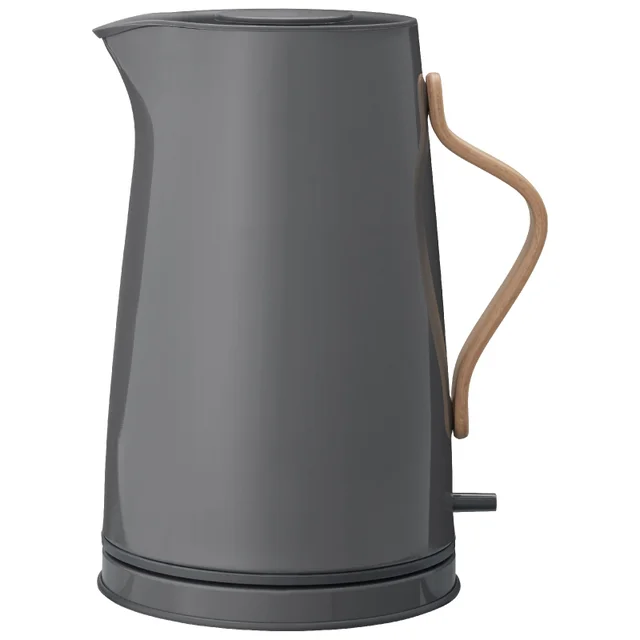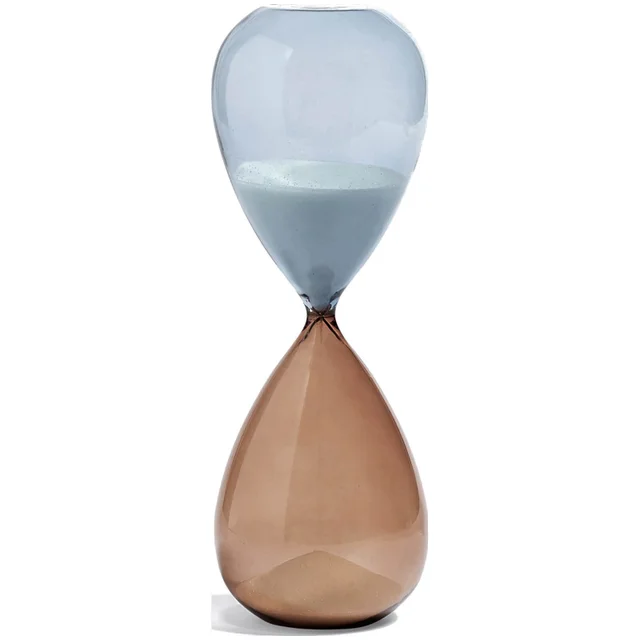A History of Mid-Century Design

Between the mid-1930s and ‘60s, architecture and furniture design was to undergo a complete overhaul, moving away from the opulence that had defined the previous couple of centuries, to an aesthetic that was almost futuristic in its approach. Mid-century design was stripped back, clean and functional – and at the forefront of this movement was a group of Scandinavian designers.
In the post-WWII era of ideological social democracy in the Nordic countries, designers strived to create objects that were useful, modern – and most importantly – could be enjoyed by people from all walks of life and levels of wealth.
Characterised by clean lines, organic materials and minimal shapes, the designs from this period shaped mid-century design, and continue to do so today. There are a handful of mid-century designers from the Nordic region that contributed greatly to the evolution of design – and are the reason its popularity and success still continues to this day.

Known as the father of modern Danish furniture design, Kaare Klint took a detailed research approach to his designs, with functionality, proportions to the human body, craftsmanship and quality at the core of each one. The creator of iconic chairs such as the Safari chair and the Faaborg chair, Klint also founded the Royal Academy of Fine Arts Furniture School where he taught other prominent designers such as Børge Mogensen and Jens Risom.

Danish designer and architect Arne Jacobsen became renowned for his ultra-modern creations after designing the ‘House of the Future’ in 1929. Jacobsen went on to design the likes of Denmark’s SAS Royal Hotel and Oxford University’s St. Catherine’s College, but he is perhaps best known for his furniture designs – in particular, the Swan and Egg chairs.

Regarded as the man who introduced modern Danish design to America, Finn Juhl was one of the most influential designers in the 1950s and ‘60s. Adding a softness to modernist designs, he often pushed furniture to its limit, with the Chieftain chair being one of his most lasting legacies. Juhl’s work is best seen in his former home near Copenhagen, which has since been turned into a museum.

An apprentice of Arne Jacobsen, Verner Panton became famous for his use of fluid shapes, plastics and futuristic designs. In 1960 he created the Panton chair; the first single-form injection-moulded plastic chair that still enjoys a sense of popularity today, and was to have great influence on future design.
The aforementioned Mogensen created designs that were highly functional, using studies to determine how large an object should be depending on what was to go inside or on top of it, with the aim of solving every need a homeowner could have when it came to furniture. Best known for the Spanish chair, Mogensen has been credited with his quality craftsmanship and modern designs.











